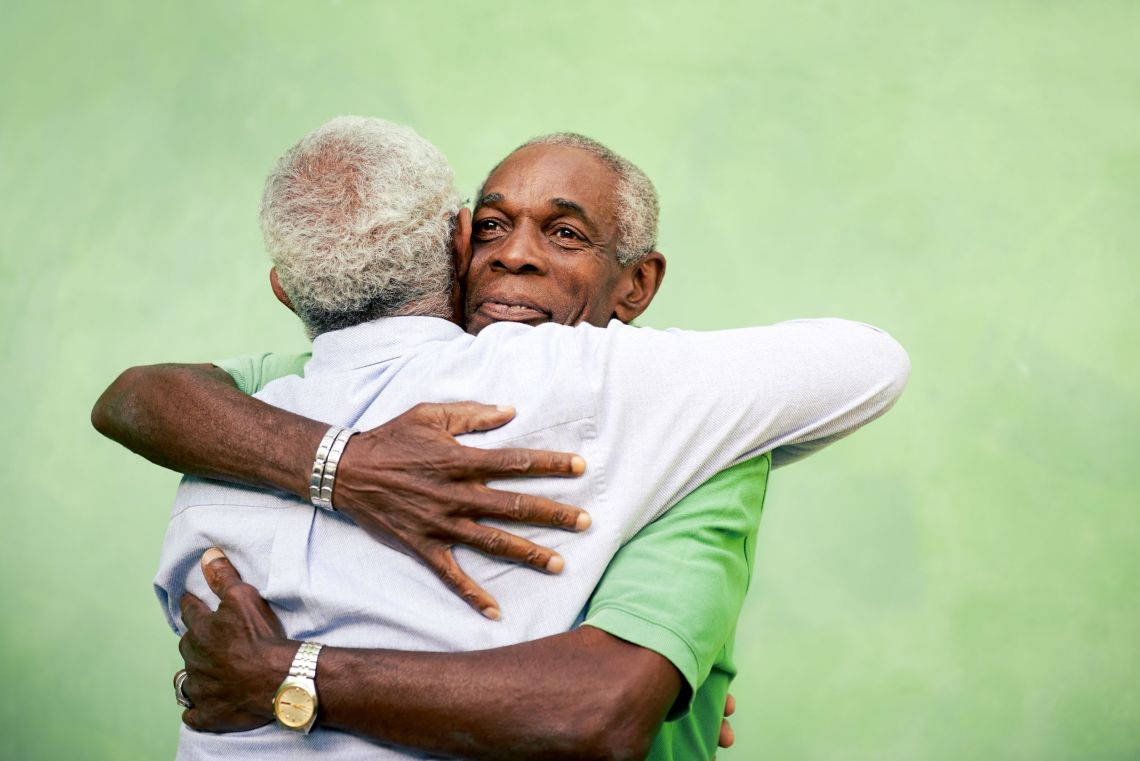We have all taken part, at least once in our lives, in a group conversation where one person was being judged, was made to feel less important or guilty of something.
Violence is not just a matter of physical behaviour ‒ it can also be part of our vocabulary. If we talk to someone and give them the impression they’re not valuable as a person or we become judgemental, then we are violent.
While growing up on the outskirts of Detroit, Marshall B. Rosenberg often experienced this type of conversations. So he decided to find a useful alternative to the violent ways in which people sometimes communicated, and in the 1960s he developed the concept of nonviolent communication.
Psychologists define nonviolent communication as a way of interaction that facilitates exchanges between people, and that helps resolve conflicts in a peaceful way.
In the book "Nonviolent Communication: A Language of Life", Marshall B. Rosenberg explains that this is a way of communication “based on a mutual giving from the heart”.
Nonviolent communication is centered on both our needs and the values we share daily with those around us. This type of communication is based on the use of a language that accentuates our compassion towards others. We may regard nonviolent communication as an attitude towards our everyday life situations, and this attitude must be based on an equal understanding of everyone’s needs. If our needs are set on the same level as those of the people around us, we will not have to make any compromises or sacrifices. We will try to work together to find the best solution to accomplish both needs.
Nonviolent communication is a great benefit to developing different types of relationships such as formal relationships (employee-employer), friendships or family relationships. Nonviolent communication is composed of four elements, namely observations, feelings, needs and requests. Each of these elements has a very important role in developing a conversation in which all participants feel free to express themselves without being violent.
Observation represents the initial phase of nonviolent communication. At first, we must remember to only observe the other's behavior and listen to their words without evaluating or judging what they do or say.
The second stage refers to what we feel when we observe the other’s behavior or when we listen to what they are conveying to us. We need to be aware of what emotions we feel in those moments, whether we enjoy, are scared of or sad about what we hear.
After we have observed the other’s behavior and we have become aware of our own emotions, it is necessary to identify our needs. Maybe we need the other to change their tone of voice, or maybe we want to express to them that what they did or said made us happy.
The fourth phase of nonviolent communication is the specific request. If we do not feel comfortable when someone talks to us in a certain way, we can ask them to change their way of addressing, or we can ask them to share our joy when the discussion makes us content. The request is based on identifying needs, when we have correctly identified what we need from the other. However, our request should also take into consideration the needs and feelings of our interlocutor.
Nonviolent communication can be used in any situation. Take the example of meeting a friend. We have planned to go somewhere together but when the time comes, our friend is late. We have to observe his action without assuming that he doesn’t value our friendship or that he bailed on us. We may feel sad or angry as a consequence of his action. Following the third phase of nonviolent communication - identifying needs ‒ we needed our friend to come to the meeting place or to explain why he couldn’t make it on time. The last thing we have to do is to ask for an explanation and reschedule for another occasion.
In conclusion, nonviolent communication helps us develop healthy relationships with those around us, remember that all of us are equal, and that, when we develop compassion for others, we can solve our problems more easily, without affecting our relationships.


























